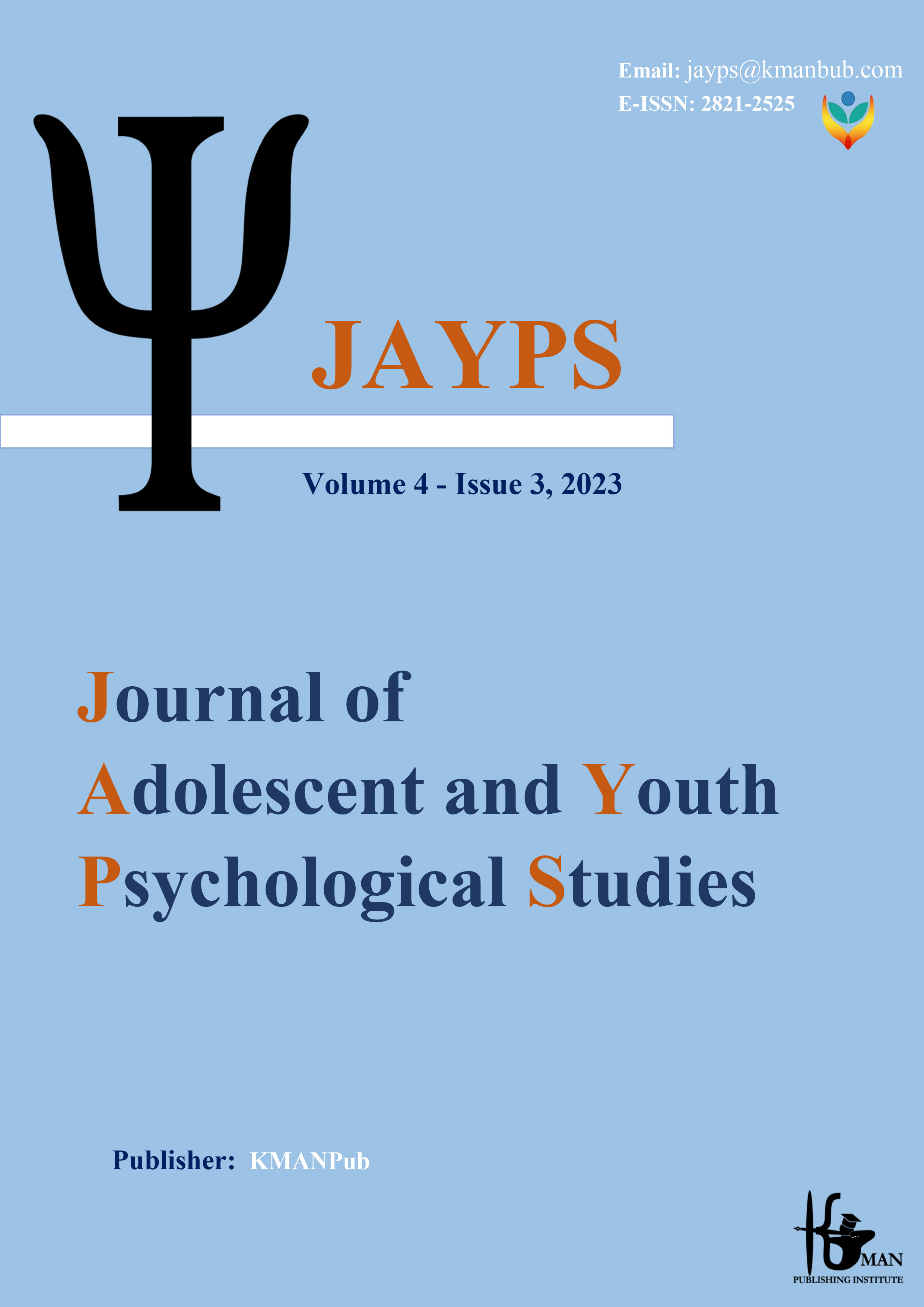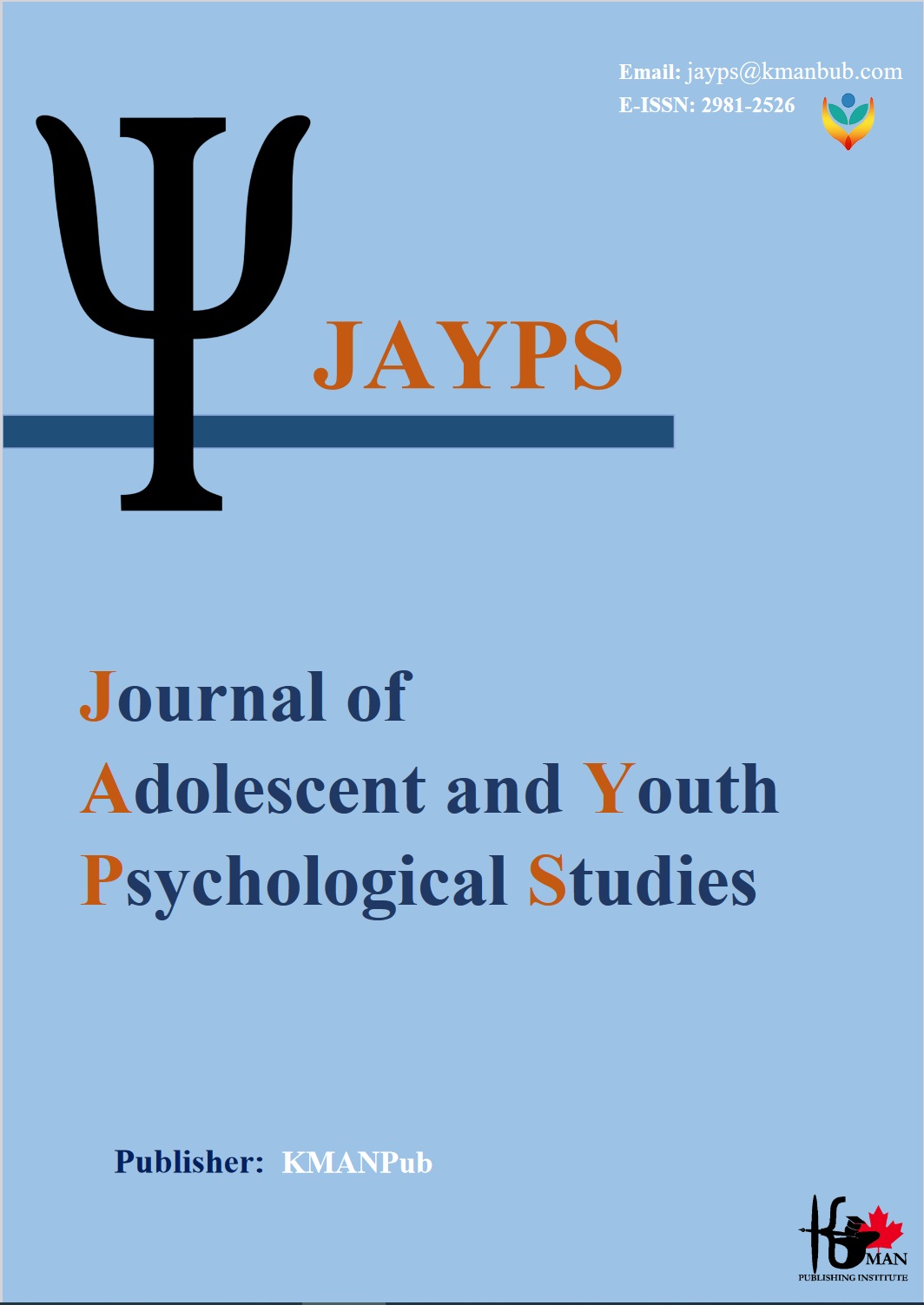Sociological Analysis of Love Styles and Its Relation with Religiosity among Tehran’s Citizens
DOI:
https://doi.org/10.61838/kman.jayps.4.3.12Keywords:
Love styles, religiosity, citizens of TehranAbstract
Background and Aim: romantic relationships have a long history of human life because benefiting from a healthy life combined with love and intimacy is one of the basic needs of every social person. In the context of a religious society, this need takes on forms that are appropriate to religious and Shariah laws. On the other hand, having a religious approach and complying with its requirements can determine the love style of people. This research aimed to explain sociologically love styles and their relationship with religiosity among Tehrani citizens. Methods: The method of this research is descriptive-correlation, the sample size includes 300 people who were
selected from the north, center, east, west and south parts of Tehran by multi-stage cluster method. The data collection tool included a questionnaire made by the researcher. Data analysis using descriptive and inferential tests was done. The analysis of mediating variables relationships between independent and main dependent variables is done using Spss software. In addition, structural equation analysis with the help of Amos software has been used to analyse the structural equations governing the relationships between variables. Results: The research findings showed that the research model has a good fit and the degree of religiosity of people is effective on their love making style. Conclusion: The results related to the fit indices of the model of the relationship between the level of religiosity and the love style of people show that this model has a good fit with the data.
Downloads
Downloads
Published
Issue
Section
License

This work is licensed under a Creative Commons Attribution-NonCommercial 4.0 International License.







